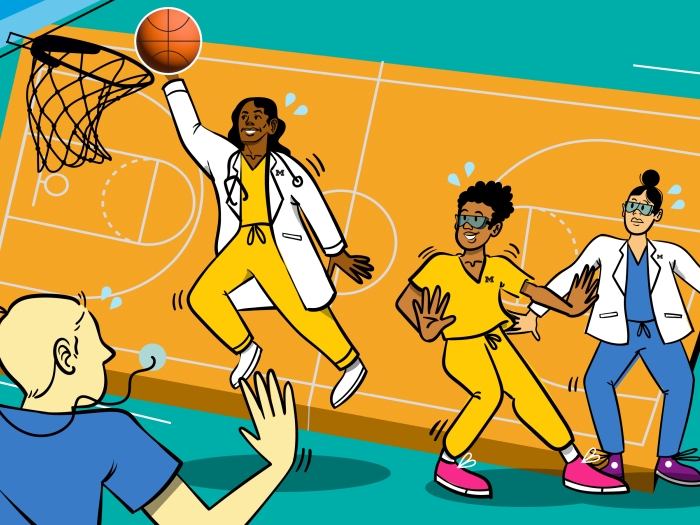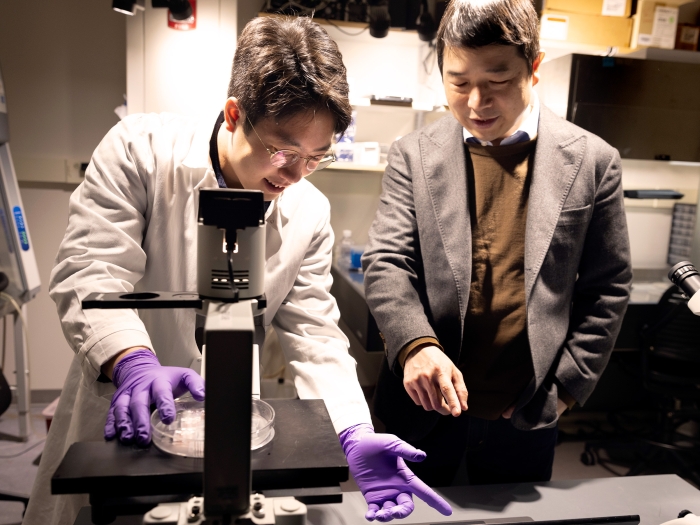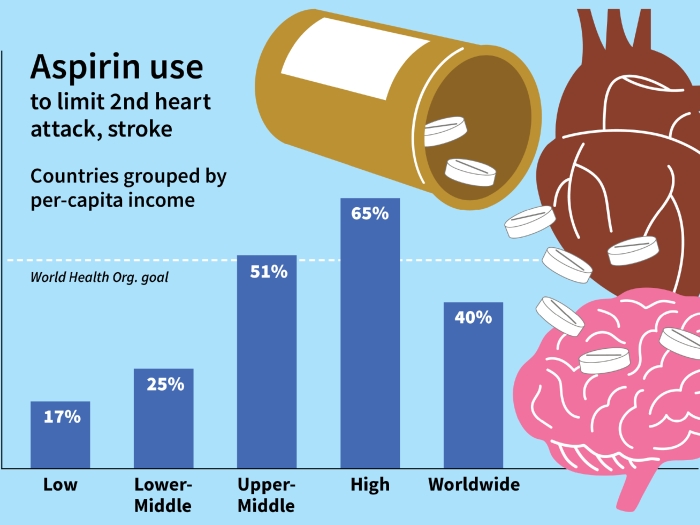It started as a quality assurance project by allergy residents. It became the most comprehensive venom allergy study in the country.
5:00 AM
Author |

Researchers at Michigan Medicine found that people with venom allergies are much more likely to suffer mastocytosis, a bone marrow disorder that causes higher risk of fatal reactions.
The team of allergists examined approximately 27 million United States patients through an insurance database – easily becoming the nation's largest study of allergies to bee and wasp stings, or hymenoptera venom. The results, published in the Journal of Allergy and Clinical Immunology, revealed mastocytosis in fewer than 0.1% of venom allergy patients – still nearly 10 times higher than those without allergies.
SEE ALSO: Finding Relief from Seasonal Allergies
"Even though there is mounting interest, mast cell diseases are quite understudied; there are probably many people who go through life as some sort of 'medical mystery,' unaware of that diagnosis," says lead investigator Charles Schuler, M.D., a clinical assistant professor of allergy and immunology at Michigan Medicine. "One way to find them is to find people with a venom allergy. This research strongly supports that and will help us more properly treat these patients."
A life-threatening reaction to a bee sting can often be the first manifestation of mastocytosis. It's the most common anaphylaxis trigger in that patient population.
While mastocytosis diagnoses are more prevalent in U.S. venom allergy patients, the numbers are significantly higher in Europe, says Cem Akin, M.D., senior author and clinical professor of allergy and immunology at Michigan Medicine.
Like Podcasts? Add the Michigan Medicine News Break on iTunes, Google Podcast or anywhere you listen to podcasts.
"This suggests that there may be differences in sensitization patterns to bee and wasp venoms between Europe and the U.S.," Akin says. "However, the European numbers may be overestimated due to referral and patient selection bias, as most of the centers publishing on the topic are referral facilities for mastocytosis. While Michigan Medicine is one of the world's largest referral centers for mastocytosis, we also have a large population of patients we follow for venom allergy."
The study included a five-year analysis of patients with history of severe venom allergy who underwent venom desensitization immunotherapy at Michigan Medicine. The research team found that elevated levels of tryptase, a chemical secreted by allergy cells, may predict if a person is at higher risk for reaction to immunotherapy.
SEE ALSO: Uncovering Key Molecule that Drives Production of Cells Critical to Allergic Reactions
"This study helps us account for the side effects or adverse outcomes associated with our current therapy," Schuler says. "Knowing this, allergists can be more watchful during sessions and watch for systemic reactions."
This study started out as a Michigan Medicine quality assurance project, and the paper is now the most comprehensive analysis of incidence of hymenoptera venom allergy and mastocytosis in the country, says James Baldwin, M.D., chief of Michigan Medicine's division of allergy and clinical immunology.
"It creates a picture of the burden of these conditions," Baldwin says. "It will inform both future research and public policy decisions in the field moving forward."
MORE FROM THE LAB: Subscribe to our weekly newsletter
Disclosures: Dr. Schuler reports salary and other support from the Mary H. Weiser Food Allergy Center and the Taubman Innovation Institute at U-M; he has also received sponsored project support from Healgen Scientific and Access Bio Inc. for unrelated projects.
Paper cited: "Prevalence of mastocytosis and hymenoptera venom allergy in the United States," The Journal of Allergy and Clinical Immunology. DOI: 10.1016/j.jaci.2021.04.013

Explore a variety of healthcare news & stories by visiting the Health Lab home page for more articles.

Department of Communication at Michigan Medicine
Want top health & research news weekly? Sign up for Health Lab’s newsletters today!





